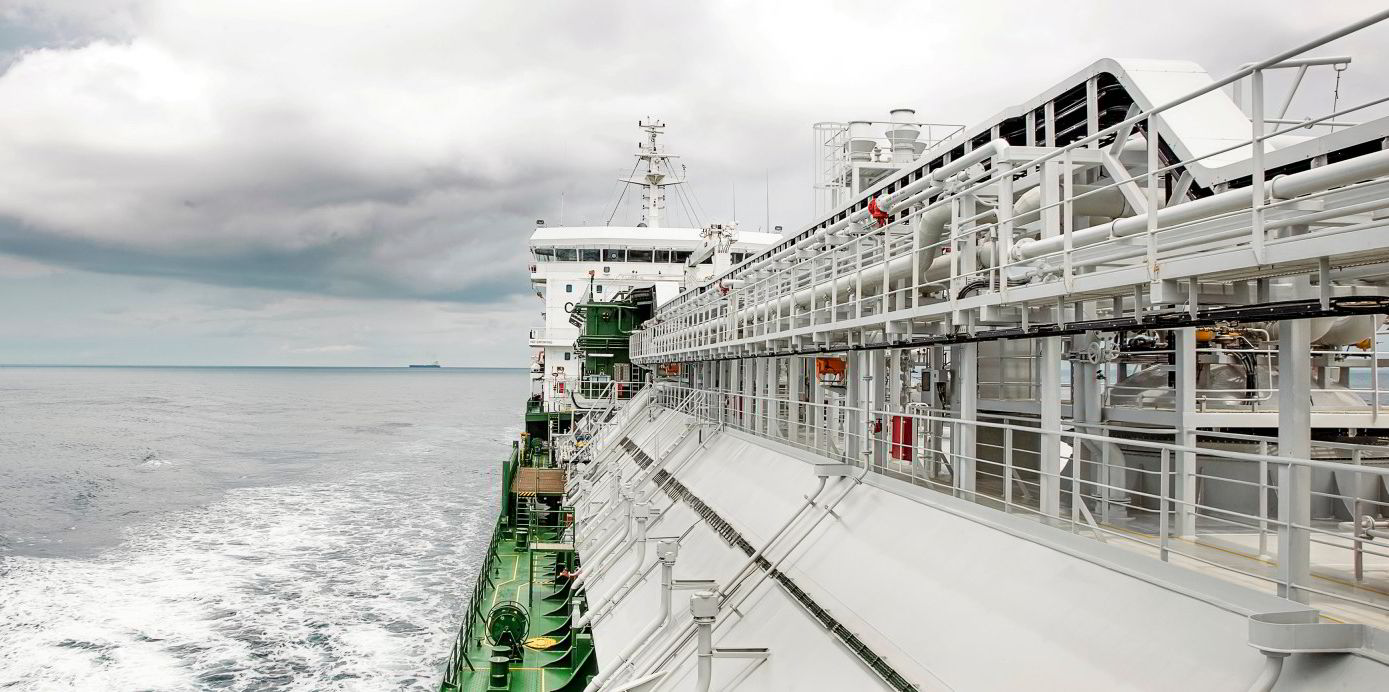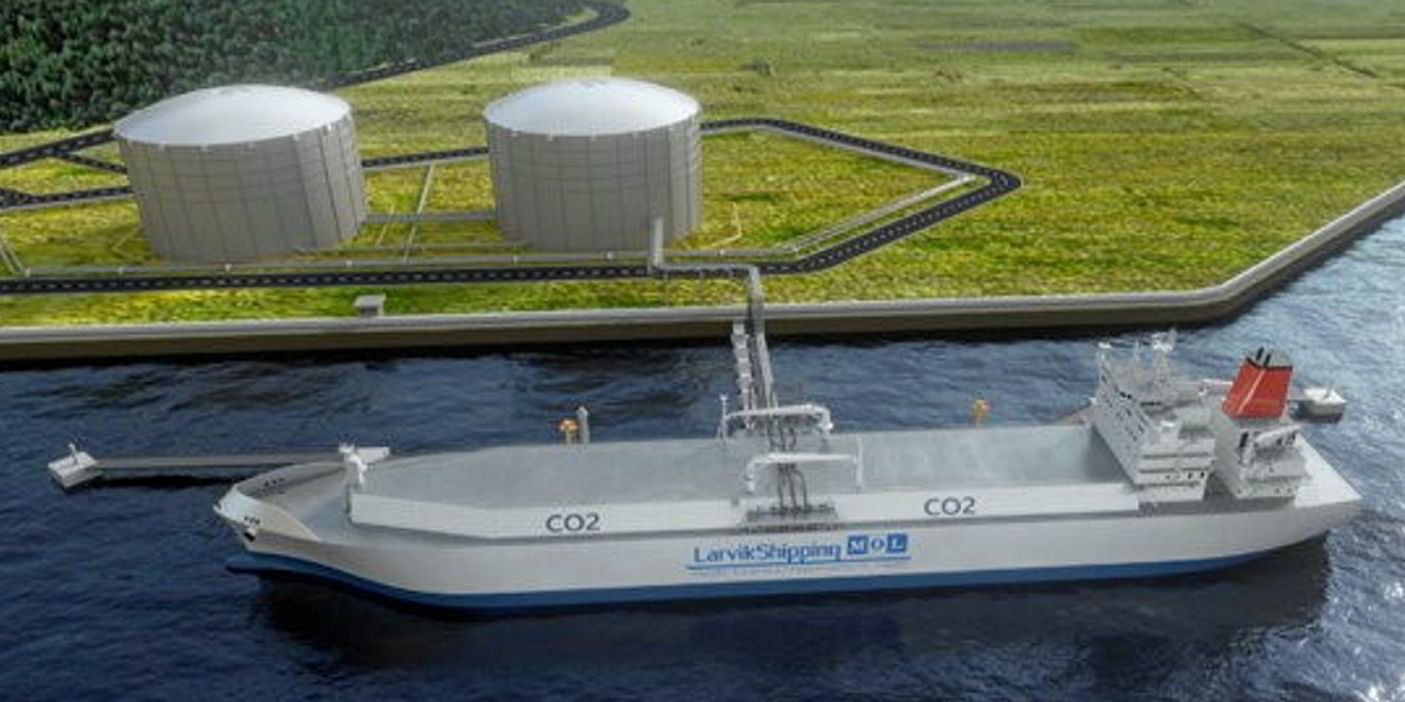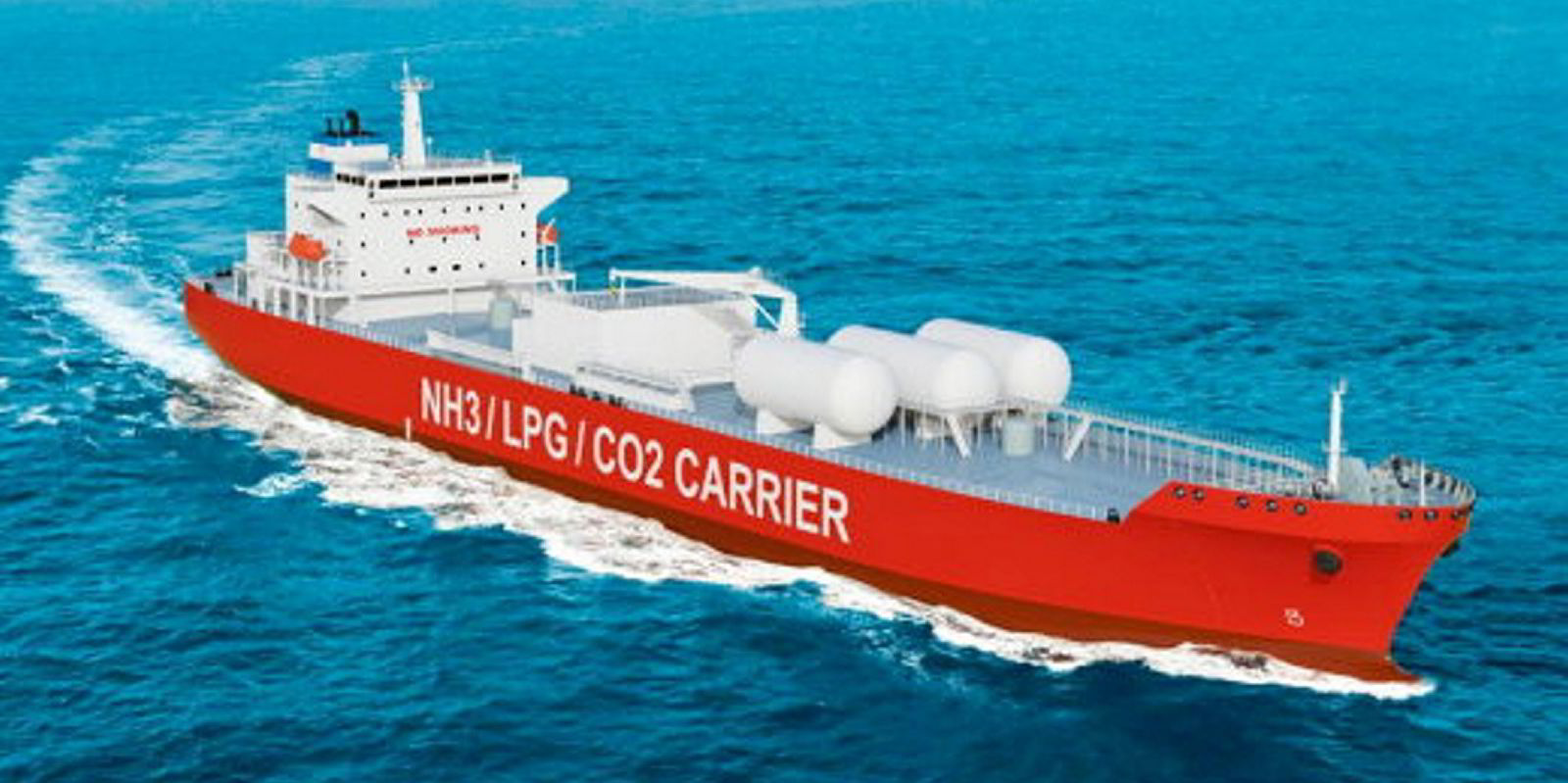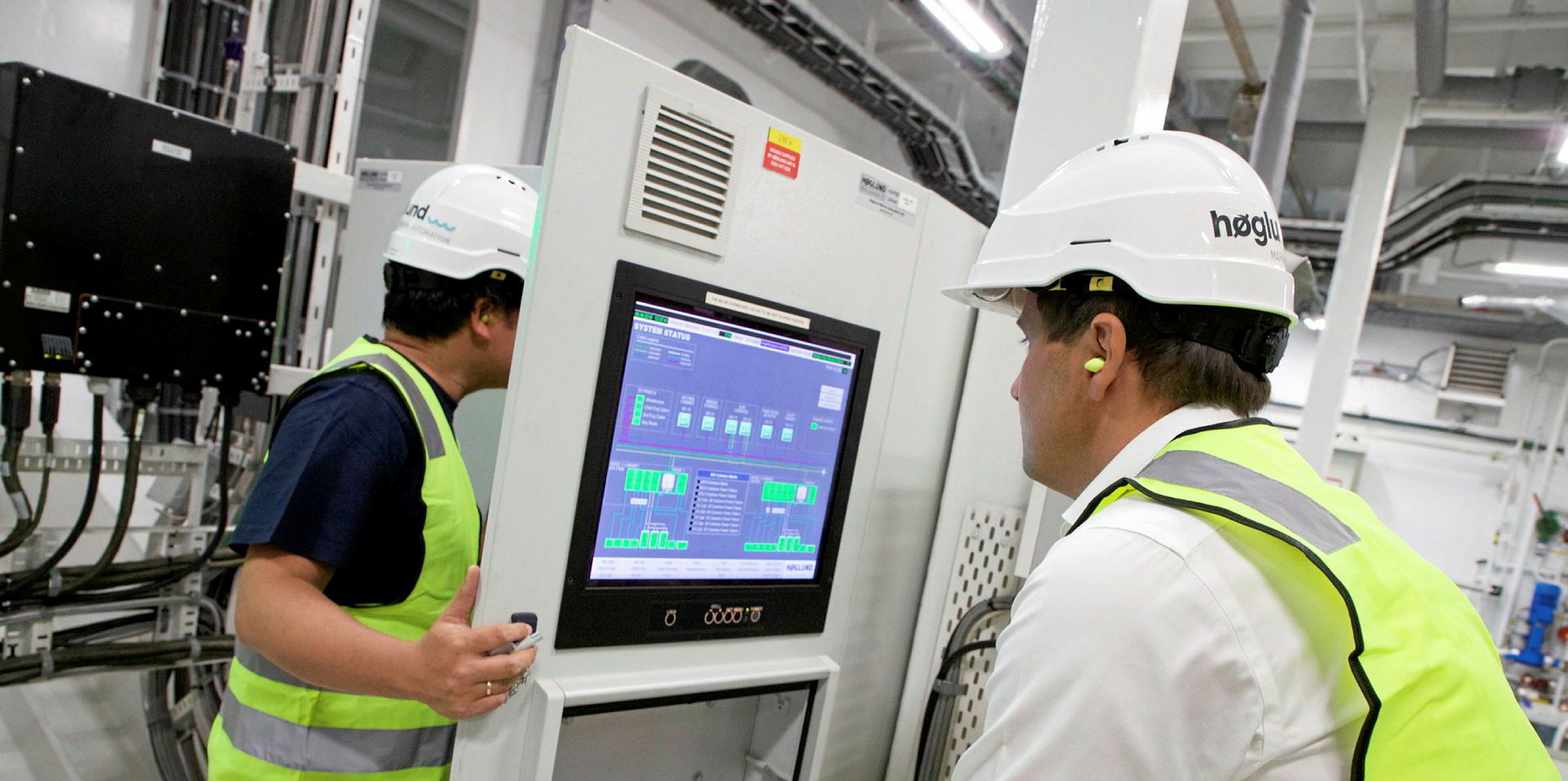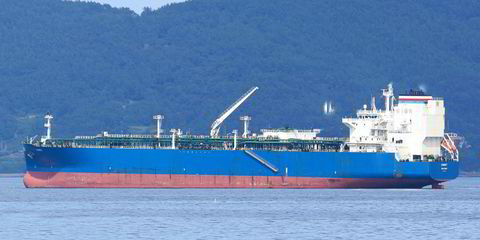Shipbuilders are reporting a slew of early day enquiries for liquefied CO2 (LCO2) carriers as companies check out yard specifications, pricing and delivery windows for what looks set to be an emerging niche ship sector.
One shipyard executive said discussions are ongoing with several shipowners.
"Many of our clients are showing an interest and we are working on projects and developing our designs with our customers", but he stressed that these talks are at the feasibility stage.
TradeWinds found few interested parties were prepared to put a figure on the likely demand for CO2 vessels.
Upcoming demand
But Mitsui OSK Lines has clearly been doing some serious homework.
A company spokesperson told this publication that in the European region there are 26 large-scale carbon capture and storage (CCS) or carbon capture and usage (CCU) projects that plan to be in operation by 2030 that are either investigating or have identified CO2 shipping as part of the transportation solution.
MOL said that based on the conservative assumptions, a preliminary estimate suggests that between nine and 21 ships could be needed. But this will be subject to projects requiring transport to storage sites being sanctioned.
Working with partner Mitsubishi Shipbuilding Co, MOL has completed a concept study for a large size LCO2 with a total cargo tank capacity up to about 50,000 cbm.
The partners said they were trying to come up with a design that could become mainstream in the LCO2 shipping market in the near future.
But it is at the top end of what is being considered today.

The shipyard executive said customers are tending to focus on vessels of either 20,000 cbm or the larger 40,000-cbm size range with project players focusing on larger-sized tanks to make developments more economic.
Technically these larger vessels are feasible, he said, but they are more challenging with key questions focused on how to construct the tanks.
New generation
LCO2 carriers are nothing new with ships supplying the drinks industry.
So far, the first LCO2 newbuildings are focused around vessels of 7,500 cbm, such as the two ships ordered at Dalian Shipbuilding Industry Co for Equinor, Shell and TotalEnergies joint venture's Northern Lights project.
Carbfix dissolves CO2 in water. This acidic carbonated water reacts with underground rock releasing elements that, over time, combine with the CO2 and form solid carbonates that will remain stable or permanently stored, the company says.
Belgian shipowner Exmar is working with tank systems company Lattice Technology on a 40,500-cbm LCO2 ship, which will also be able to carry LPG and ammonia.
In November, Evergas and Navigator Gas partnership Dan-Unity CO2 said it will shortly approach shipyards for quotes on the 12,500-cbm and 22,000-cbm LCO2 carriers it needs for its plans to ship CO2 to Iceland.
Design considerations
Exmar's executive director of shipping Jens Ismar describes CO2 as a "tricky product" because of the need for some pressure and refrigeration to keep the gas as a liquid and prevent it from solidifying — what is referred to as its "triple point".

Shipowners with knowledge of CO2 said it requires a pressurised tank of at least 5.2 bars — the Northern Lights vessels will be built with 17 bar tanks — and that it be carried at -55C to enable it to be transported as a liquid.
But it becomes difficult to enlarge type-C tanks to handle CO2 for the larger vessels of 40,000 cbm plus.
Experts suggest that there may be a need to develop a different type of steel to build them.
MOL's spokesman said it is also important to consider the entire value chain of carbon capture, utilisation and storage — CCUS — including the volume and source of the CO2 to identify the most efficient means of transportation for each project.
Alongside pressure and temperature, the purity of the CO2 also needs to be considered and the cruising range of the vessels.
Pricing
The shipbuilding chief likened CO2 carriers to LNG bunker vessels in that every potential customer has their own requirements for their newbuildings.
Some industry players have suggested these new vessels will cost in the region of LPG carriers of the same size. But yard chiefs said they will be priced much higher.
The first deliveries remain some way off with shipbuilders informing that clients want to expedite their projects. But the earliest likely dates for these new bigger beast CO2 carriers is expected to be in 2025.
MOL said the first newbuildings will start operating in Europe for CCS business but it believes a similar CCS hub will appear in other parts of the world such as Asia.
